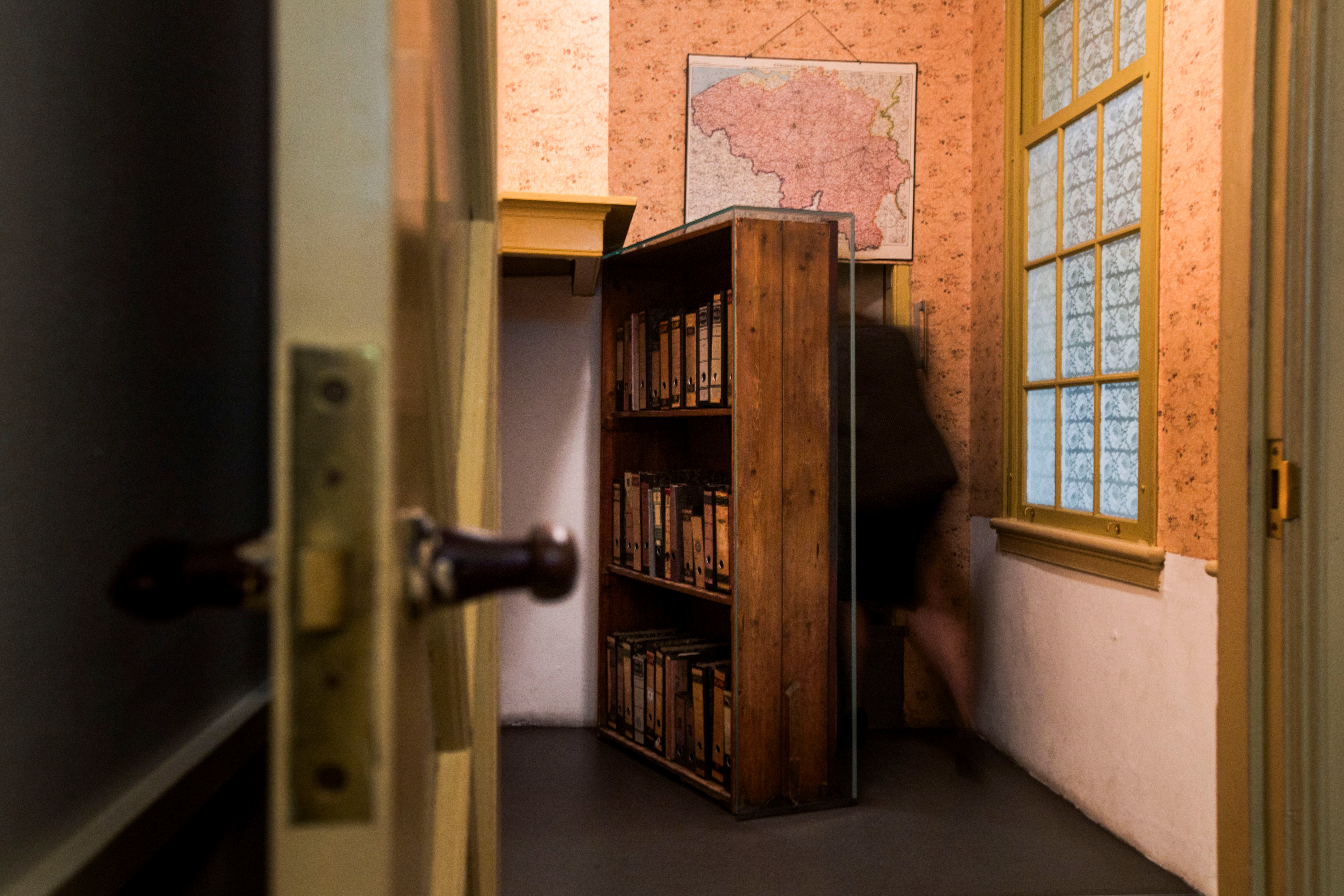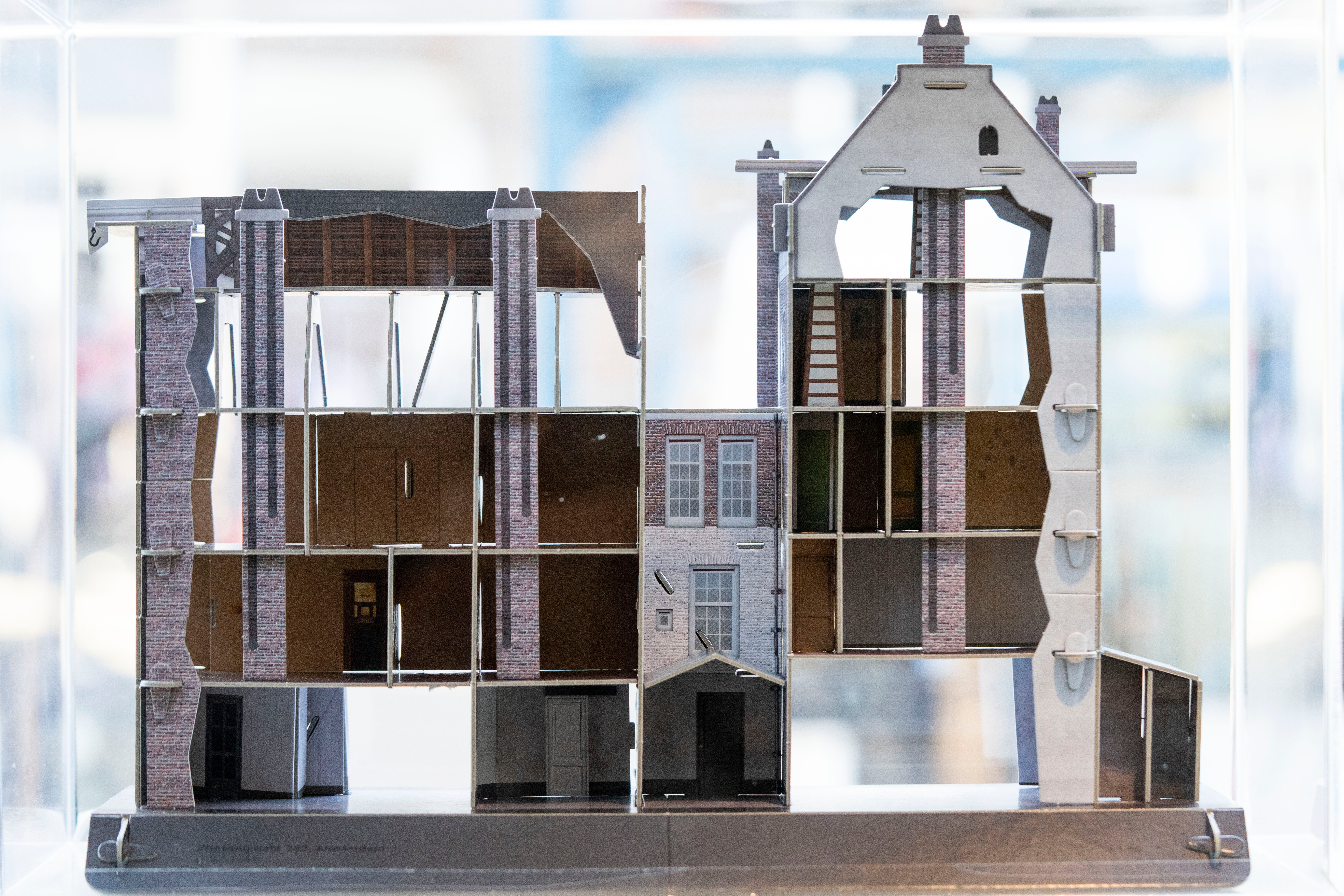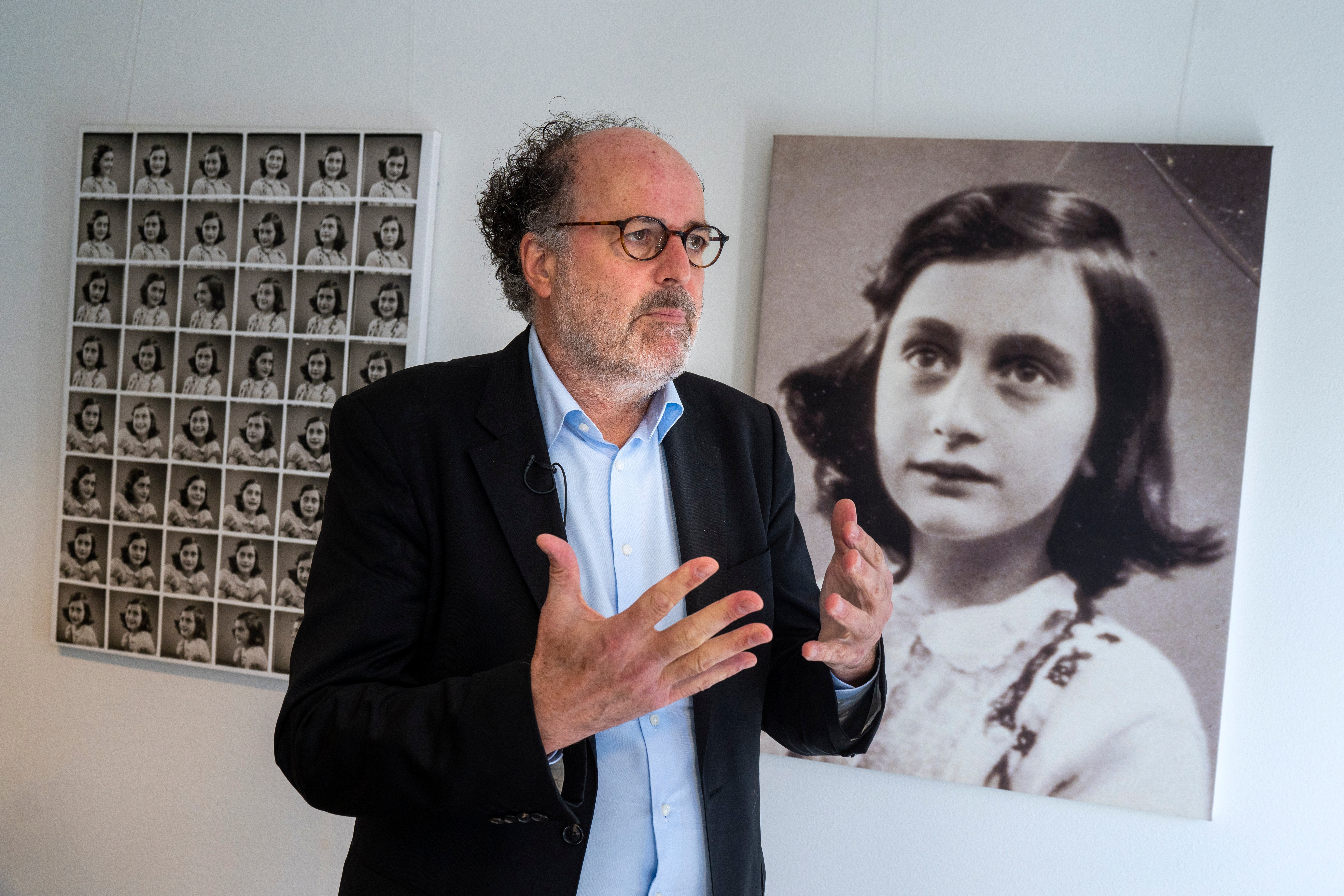A full-scale replica of Anne Frank’s hidden annex is heading to New York
It marks the 80th anniversary of the liberation of Auschwitz

Your support helps us to tell the story
From reproductive rights to climate change to Big Tech, The Independent is on the ground when the story is developing. Whether it's investigating the financials of Elon Musk's pro-Trump PAC or producing our latest documentary, 'The A Word', which shines a light on the American women fighting for reproductive rights, we know how important it is to parse out the facts from the messaging.
At such a critical moment in US history, we need reporters on the ground. Your donation allows us to keep sending journalists to speak to both sides of the story.
The Independent is trusted by Americans across the entire political spectrum. And unlike many other quality news outlets, we choose not to lock Americans out of our reporting and analysis with paywalls. We believe quality journalism should be available to everyone, paid for by those who can afford it.
Your support makes all the difference.The room where the young Jewish diarist Anne Frank hid from Nazi occupiers during World War II is heading to New York.
A full-scale replica of the rooms that form the heart of the Anne Frank House museum on one of Amsterdam's historic canals is being built in the Netherlands and will be shipped across the Atlantic for a show titled “Anne Frank The Exhibition” at the Center for Jewish History in Manhattan.
“For the first time in history, the Anne Frank House will present what I would call a pioneering experience outside of Amsterdam. To immerse visitors in a full-scale, meticulous recreation of the secret annex. Those rooms where Anne Frank, her parents, her sister, four other Jews, spent more than two years hiding to evade Nazi capture,” Anne Frank House director Ronald Leopold told The Associated Press in an interview detailing the upcoming exhibition.
In July 1942, Anne Frank, then aged 13, her parents Otto and Edith, and her 16-year-old sister Margo went into hiding in the annex. They were joined a week later by the van Pels family — Hermann, Auguste and their 15-year-old son, Peter. Four months later, Fritz Pfeffer moved into the hiding place, also seeking to evade capture by the Netherlands' Nazi German occupiers.

They stayed in the annex of rooms until they were discovered in 1944 and sent to the Auschwitz-Birkenau concentration and extermination camp. Anne and her sister Margot were then moved to the Bergen-Belsen concentration camp, where they both died of typhus in February 1945. Anne was 15.
Her father, Otto, the only person from the annex to survive the Holocaust, published Anne's diary after the war and it became a publishing sensation around the world as a symbol of hope and resilience in the face of tyranny.
Leopold said the New York exhibit promises to be “an immersive, interactive, captivating experience" for visitors.
It opens on Jan. 27, International Holocaust Remembrance Day, to mark the 80th anniversary of the liberation of Auschwitz.
While the faithfully rebuilt annex of rooms will be the heart of the exhibit, it also will trace the history of Anne's family from their time in Germany, their move to the Netherlands and decision to go into hiding, to their discovery by Nazis, deportation, Anne's death and the postwar decision by her father to publish her diary.
“What we try to achieve with this exhibition is that people, our visitors will learn about Anne not just as a victim, but through the multifaceted lens of a life, as a teenage girl, as a writer, as a symbol of resilience and of strength. We hope that they will contemplate the context that shaped her life.”

The exhibition comes at a time of rising antisemitism and anger at the devastating war between Israel and Hamas in Gaza that has now spread to the Hezbollah militia in Lebanon following the deadly Oct. 7, 2023, Hamas-led attacks in southern Israel.
“With ever fewer, fewer, survivors in our communities, with devastating antisemitism and other forms of group hatred on the rise in the U.S. but also across the world, we feel ... our responsibility as Anne Frank House has never been greater," Leopold said. "And this exhibition is also in part a response to that responsibility to educate people to stand against antisemitism, to stand against group hatred.”
Anne's diary will not be making the transatlantic trip.
“We unfortunately will not be able to travel with the diary, writings, the notebooks and the loose sheets that Anne wrote. They are too fragile, too vulnerable to travel," Leopold said.
Among 125 exhibits that are traveling from Amsterdam for the New York exhibition are photos, albums, artefacts such as one of the yellow stars Jews were ordered to wear in the occupied Netherlands, as well as the Best Supporting Actress Oscar won by Shelley Winters for her role in George Stevens’ 1959 film “The Diary of Anne Frank.”